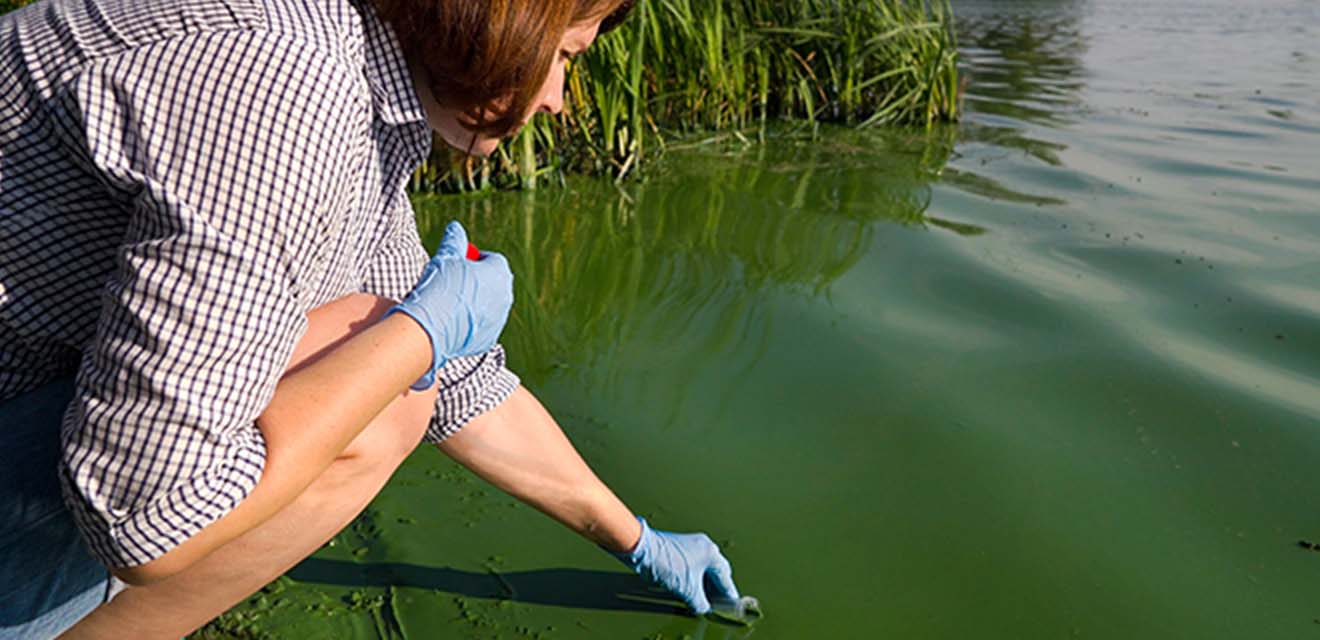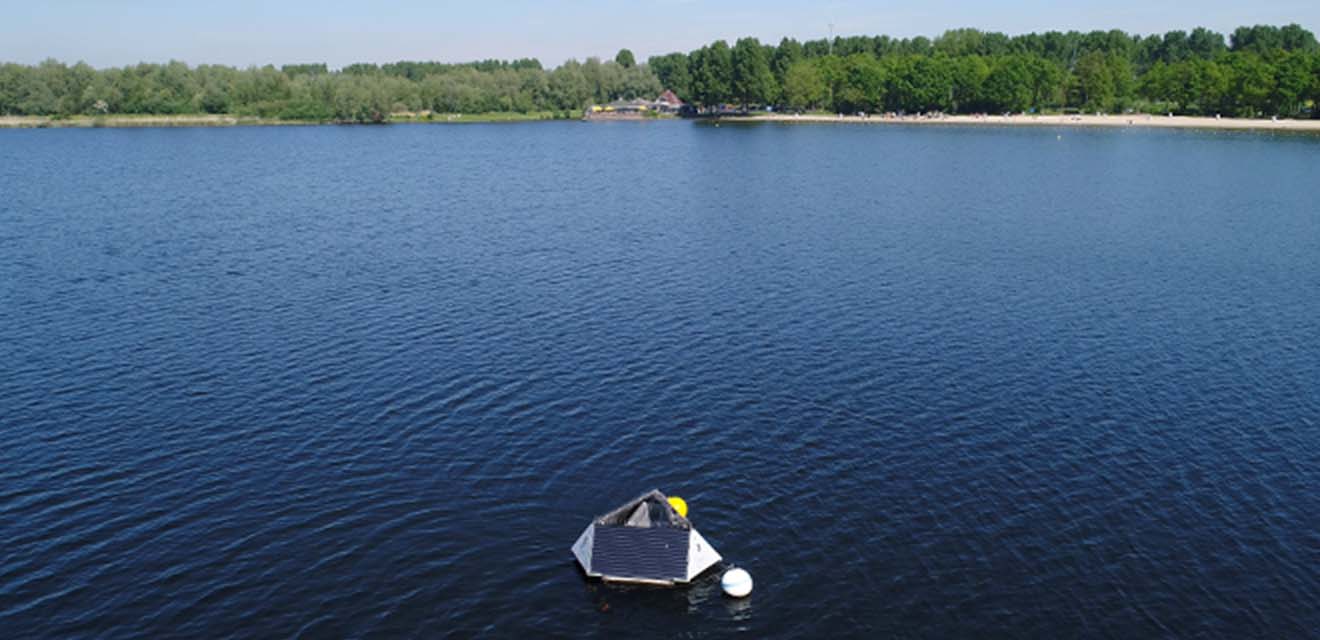In short
- Harmful algae blooms can be dangerous to humans, pets, plants, and other aquatic life;
- A recent study found the algal toxin anatoxin-a (ATX) in the air for the very first time;
- The study’s researchers raised their concerns about ATX, as it is neurotoxic.
Harmful Algal Blooms (HABs) have just become more harmful. A recent study published in the peer-reviewed journal Lake and Reservoir Management discovered the algal toxin anatoxin-a (ATX) in the air for the first time. Its severe and rapid symptoms have earned ATX the label “Very Fast Death Factor.”
A new concern added to the list
Many have heard of the harmful effects of HABs in freshwater and marine ecosystems. These blooms degrade water quality, disrupt treatment processes, and cause serious illnesses in humans and animals. Excessive algae threaten aquatic vegetation, zooplankton, and other aquatic organisms.

Typically, exposure to this toxin occurs from recreational aquatic activities or by drinking contaminated water. This study is the first to report on airborne ATX found outside of an aquatic ecosystem.
According to the National Institutes of Health (NIH), the study’s researchers raised their concerns about ATX, as it is neurotoxic. At acute doses, it can rapidly cause muscular twitching, loss of coordination, respiratory paralysis, and even death in humans and animals. Due to the severity of the symptoms, there is no antidote yet.
Climate change and the spread of HABs go hand in hand: as the climate changes and its consequences are becoming increasingly severe and visible, so do algal blooms: “ATX is one of the more dangerous cyanotoxins produced by harmful algal blooms, which are becoming more predominant in lakes and ponds worldwide due to global warming and climate change,” said lead author of the study, Dr. James Sutherland of the Nantucket Land Council, in a press release.
Methodology
ATX had never been found in the atmosphere before. Still, it was suspected that under specific environmental circumstances, it could become airborne.
To test this hypothesis, air and water samples were collected during an algal bloom from Capaum Pond (surface area: 7.3 ha; maximum depth: 2.3 m) on Nantucket Island in Massachusetts, US, from July to October 2019. The pond is hypereutrophic.

To collect these samples, glass fiber filters were used. A technique called ‘liquid chromatography-tandem mass spectrometry’ was applied to recognize ATX.
Researchers detected ATX in the water samples, with concentrations reaching up to 21ng/mg. They found the same toxin in the air around the pond, “at an average concentration of 0.87ng/filter, which corresponds to a potential airborne exposure of 0.16ng/m3.”
It remains unclear to the researchers how ATX is being released into the air; they speculate it could have occurred “within small water droplets, attached to aerosol particles or even inside cyanobacteria blown into the air.”
Keeping water free of harmful blooms

As climate change accelerates the proliferation of HABs, water managers and authorities must stay one step ahead of an algal bloom; to determine if, how, and when HABs will appear.
The most reliable solution is real-time data. In other words, continuously collecting, storing, and analyzing algae trends and water parameters in real-time.
This information allows water managers to build data-driven models. It enables them to better understand the chemistry of their water body, the period of the year they are most likely to occur and in what quantity.
